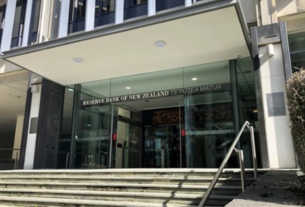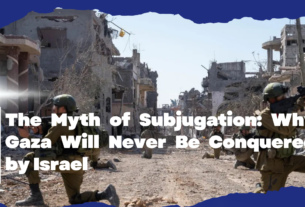Satellite imagery has shown new military construction in the buffer zone between Israel and Syria. The images, released by a private company, reveal the establishment of new military outposts and fortifications in the area. These developments have raised concerns about Israel’s intentions in the region.
The buffer zone, which spans a few kilometers along the Israeli-Syrian border, has been a site of tension for years. Israel has long maintained a military presence in the area, primarily to prevent incursions by Syrian forces or other groups. The new construction, however, marks an escalation in military activity in this sensitive region.
Israel has not officially confirmed the specifics of these new projects. However, experts believe the construction includes bunkers, watchtowers, and defensive positions. Satellite imagery shows several new structures along the border, which could enhance Israel’s ability to monitor and respond to threats from Syria or other groups operating near the border.
The Israeli government has not made a public statement on the issue. However, officials often highlight the need for security along the northern border. Israel has been concerned about the growing influence of Iran and Hezbollah in Syria, both of which pose a potential threat to Israeli security. The military construction is likely part of a broader strategy to bolster defenses against these groups.
The satellite images also show increased activity in areas near the Golan Heights. This region has been a point of contention between Israel and Syria for decades. Israel captured the Golan Heights during the 1967 Six-Day War and has since maintained control over it. The area remains strategically important for Israel, providing a vantage point for monitoring Syria and preventing attacks.
The construction of new military positions in the buffer zone could be viewed as a response to the increasing instability in Syria. Since the Syrian Civil War outbreak, the region has become a hotspot for military operations. Various factions, including Syrian forces, rebel groups, and foreign powers, have fought for control over territory in the area.
The images have sparked a debate over Israel’s role in the region. Some argue that the construction is necessary for Israel’s defense and stability. “Given the ongoing threats from Syria and its allies, these steps are essential for our security,” said an Israeli defense expert. Others, however, view the construction as a provocation. They argue that it could further escalate tensions in an already volatile region.
Developing these military positions also has implications for the broader Middle East. The region has seen growing tensions between Israel and Iran, with Syria serving as a key battleground. The new Israeli construction is an effort to counter the presence of Iranian-backed forces in Syria. Israel has repeatedly stated that it will act to prevent the establishment of an Iranian military presence near its borders.
Satellite imagery has also drawn attention to the changing nature of conflict in the region. Modern technologies like satellite surveillance have made tracking military movements and construction projects easier. This has increased transparency and scrutiny of military actions by all parties involved.
As tensions rise in the region, the situation along the Israeli-Syrian border remains fluid. The new military construction in the buffer zone adds to the complexity of an already tense situation. With the increasing presence of foreign powers and local militias, the potential for further conflict remains high. How Israel will respond to these developments and their impact on regional stability remains uncertain.




